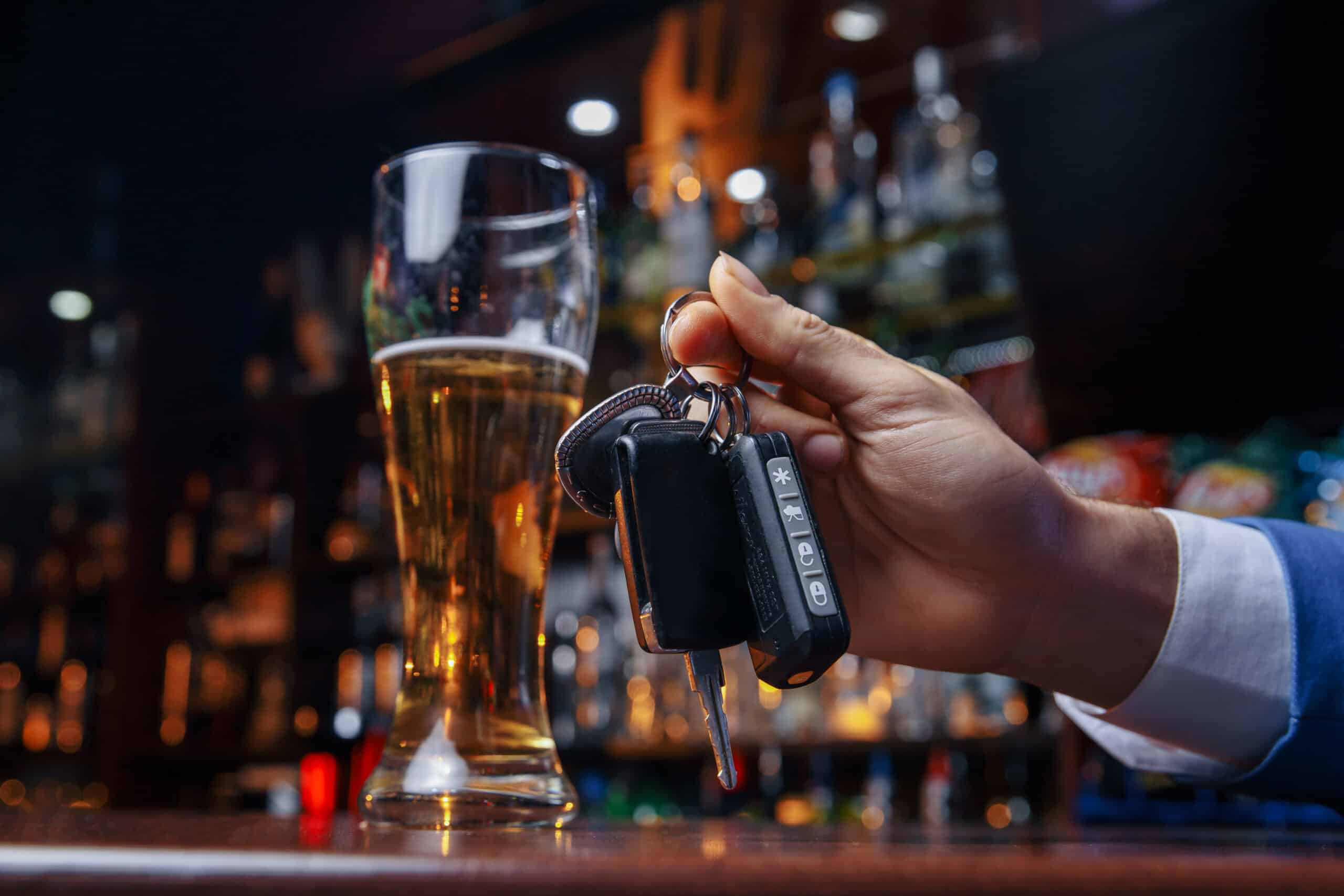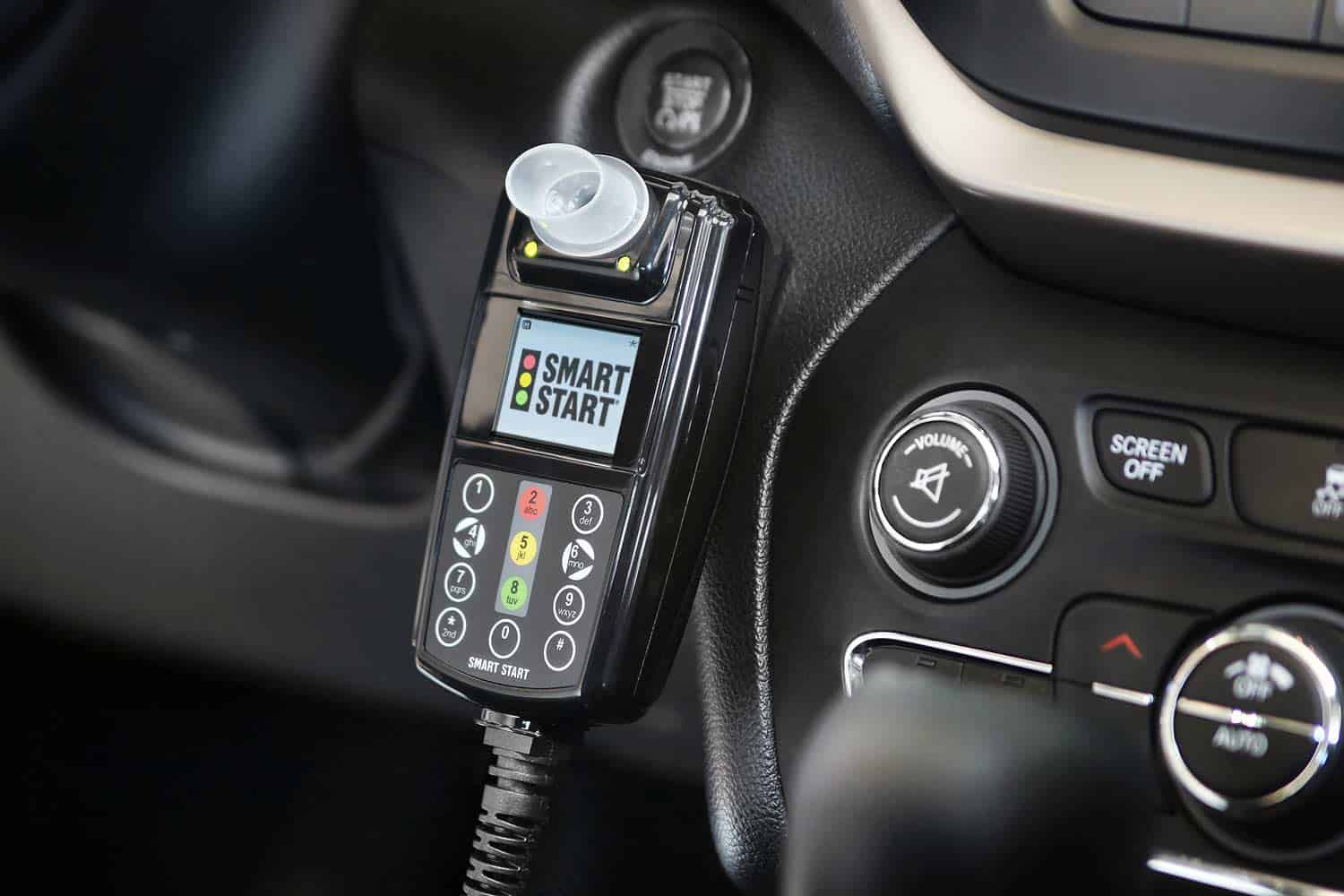If you’ve ever heard the term extreme DUI and wondered how it’s different from other types of drunk driving charges, you’re not alone. Most people are familiar with standard DUI laws—getting behind the wheel with ablood alcohol content (BAC) of 0.08% or higher—but extreme DUI laws take that a step further. In some states, particularly Arizona, Utah, and a few others, extreme DUI applies when a driver’s BAC is significantly above the legal threshold, typically 0.15% or more. This elevated BAC level is viewed by courts as a serious public safety threat, which is why the consequences are much more severe.
In this guide, we’ll break down what qualifies as an extreme DUI, how it differs from a regular DUI, and what penalties or legal consequences come with the charge. Through storytelling, real-life scenarios, and straightforward analysis, you’ll walk away with a clear understanding of what makes an extreme DUI so serious—and why it deserves your full attention. Knowing the distinctions between DUI categories can make a critical difference if you or someone you know ever faces such a charge.

What Is an Extreme DUI?
Let’s begin with a clear definition. An extreme DUI is typically defined as driving with a BAC of 0.15% or higher. That’s nearly twice the legal limit in most states. For context, reaching that BAC level generally requires several drinks consumed in a short period, depending on body weight, gender, and metabolism. At this level, most drivers experience significant impairment in motor coordination and reaction time.
This charge isn’t based on behavior like reckless driving or refusing a breath test. It’s based purely on how intoxicated the driver is, measured chemically. Extreme DUI statutes exist to address cases where someone is not just over the limit—but dangerously over it. These laws aim to penalize higher-risk conduct more severely to deter others from making similar decisions.
Many jurisdictions, including Arizona, have even more severe charges called super extreme DUI, which may apply when BAC exceeds 0.20%. This creates a tiered penalty system meant to discourage high-level intoxication behind the wheel. With each elevated tier, the legal and financial consequences grow, reflecting the increasing threat posed to public safety.
Real-Life Story: Greg’s Trip to the Grocery Store
Greg, a 39-year-old software developer in Phoenix, had a long day at work and decided to unwind with drinks at a bar near his apartment. After five strong cocktails, he figured he’d be fine driving the short mile to the store. He got pulled over for failing to signal a turn. The officer smelled alcohol and performedfield sobriety tests, followed by a breath test. Greg’s BAC? 0.18%.
Because his BAC was above 0.15%, he was charged with extreme DUI. His penalties were stiffer than if he had simply tested at 0.08%. He spent two days in jail, had to pay thousands in fines, install an ignition interlock device in his car, and attend mandatory alcohol counseling. The experience shocked him into realizing just how serious an extreme DUI could be—and how quickly a “short drive” can become a legal nightmare.
Extreme DUI vs. Standard DUI: What’s the Difference?
BAC Levels
- Standard DUI: BAC of 0.08% or higher
- Extreme DUI: BAC of 0.15% or higher
- Super Extreme DUI: BAC of 0.20% or higher (in states where applicable)
Penalties
Penalties for extreme DUI are significantly harsher than for a first-time standard DUI. Here’s how they typically compare:
- Jail Time:
- DUI: 1–10 days (varies by state)
- Extreme DUI: 30 days minimum (some states allow reduced time with treatment or interlock devices)
- Fines:
- DUI: $500–$1,000
- Extreme DUI: $2,000–$3,000 or more
- License Suspension:
- DUI: 90 days to 1 year
- Extreme DUI: Minimum 90 days, often longer
- Ignition Interlock Device:
- DUI: Often optional for first offenders
- Extreme DUI: Mandatory installation for 12 months or more

Because the extreme DUI charge involves more than just impairment—it reflects a much greater degree of intoxication—courts take it very seriously.
Aggravating Factors That Intensify Extreme DUI Charges
Certain circumstances can make an already severe extreme DUI even worse. These include:
- Driving with a child in the car
- Causing an accident or injury
- Driving without insurance or a valid license
- Prior DUI convictions within the past 7–10 years
- Refusing a breath or blood test
In these cases, prosecutors may enhance charges further or seek additional penalties. Even if a first offense is labeled “extreme,” the presence of aggravating factors can push the penalties close to those seen in felony cases.
Legal Process for an Extreme DUI Case
Like any DUI charge, an extreme DUI follows a criminal process that begins at arrest and ends in resolution. Here’s a simplified version of the steps: understanding each stage can help reduce surprises and prepare the defendant for what’s ahead.
Arrest and Booking
After failing a sobriety or breath test, the driver is arrested and booked into jail. Bail is often set based on the charge severity. This phase officially initiates the legal case and sets the tone for everything that follows.
Arraignment
Within a few days, the defendant appears in court and enters a plea: guilty, not guilty, or no contest. If bail hasn’t been posted, this is where a judge may adjust it. The arraignment also gives the defense its first opportunity to review the initial evidence.
Pre-Trial Motions
Lawyers may challenge the traffic stop, the testing procedures, or the accuracy of the breathalyzer. In some extreme DUI cases, improper calibration or invalid testing can become a solid defense strategy. These motions can shape how much evidence the jury sees or whether a trial even happens.
Trial or Plea Deal
If no deal is reached, the case may go to trial. Most extreme DUI cases resolve through plea agreements, which may reduce jail time or allow for alcohol treatment in place of incarceration. This phase requires careful strategy, and the outcome often hinges on how well the defense presents mitigating factors.
Sentencing
If convicted, sentencing includes jail time, fines, community service, interlock requirements, and substance abuse programs. The sentence length and terms depend on the BAC level, prior history, and whether any aggravating factors were present.
Real-Life Story: Rachel’s Career on the Line
Rachel, a 28-year-old nurse in Utah, was arrested after leaving a party. Her BAC was 0.16%. She was charged with extreme DUI and immediately placed on leave by her employer. The professional licensing board opened an investigation.
With the help of an experienced DUI attorney, Rachel negotiated a plea deal that reduced her jail time and focused on alcohol rehabilitation. She kept her license and job but had to disclose her conviction to future employers.
Her case is a perfect example of how an extreme DUI impacts more than just your driving record—it can affect your entire livelihood.
How an Attorney Can Help in an Extreme DUI Case
Hiring an attorney in an extreme DUI case isn’t optional—it’s essential. A skilled defense lawyer can:
- Review the validity of the stop and arrest
- Challenge testing methods and equipment
- Negotiate alternative sentencing (like work-release or treatment)
- Present mitigating factors to reduce penalties
- Represent the defendant in DMV hearings and court appearances
In many cases, legal representation is the difference between jail time and a manageable sentence. An attorney can also help protect professional licenses and reduce long-term consequences.

The Cost of an Extreme DUI
The financial toll of an extreme DUI is steep. On average, defendants can expect to pay:
- Attorney Fees: $3,000–$10,000
- Fines and Court Costs: $2,500–$4,000
- Alcohol Education and Treatment: $500–$1,000
- Ignition Interlock Device: $1,000–$1,500
- Lost Wages and Job Risk: Varies
Altogether, an extreme DUI may cost $10,000 to $20,000 or more. The emotional and social cost, however, is much harder to quantify.
Extreme DUI vs. Aggravated DUI vs. Felony DUI
It’s easy to confuse these terms, so let’s clarify.
- Extreme DUI refers specifically to high BAC (0.15% or above)
- Aggravated DUI involves additional factors like driving with a suspended license or endangering others
- Felony DUI generally applies to third offenses or cases involving injury/death
While there’s overlap, the main difference is the legal reason the charge becomes more serious. In extreme DUI, it’s purely about the BAC level.
Can an Extreme DUI Be Reduced or Dismissed?
In some cases, yes. Common defenses include:
- Faulty breathalyzer calibration
- Medical conditions that mimic intoxication
- Improper police procedures
- Illegal traffic stop

Even if full dismissal isn’t possible, charges may be reduced to standard DUI with the right legal strategy. Some courts offer diversion programs, especially for first-time offenders.
Final Thoughts: Why Extreme DUI Isn’t Just “Extra Drunk Driving”
When people hear “extreme DUI,” they may think it just means being a little more intoxicated than usual. But in the eyes of the law, it means much more. It signals a higher level of risk, a greater threat to public safety, and a much steeper legal hill to climb.
Understanding the key differences between extreme DUI and similar offenses helps you avoid missteps, prepare your defense, and—most importantly—make better choices moving forward. Whether you’re facing charges or simply trying to stay informed, knowledge is your best form of protection.


